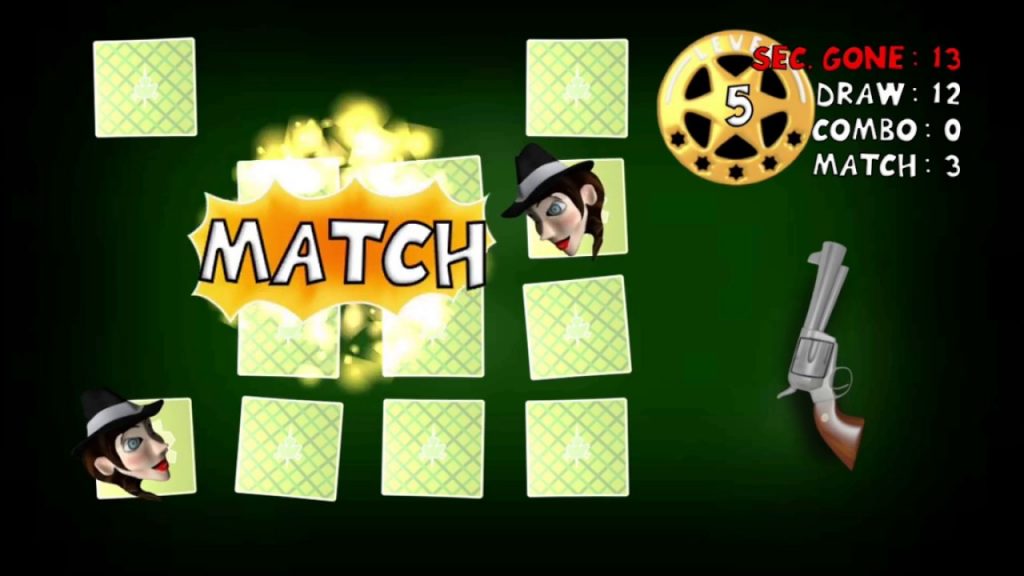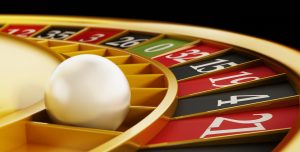To play Texas Holdem, mastering the odds and postflop play when playing combo draw is critical…
Strategy for playing Combo Draw in Texas Holdem
There are different ways to play the combo draw, depending on a number of factors such as our position at the table, the profile of our opponents, how the preflop round was played, the stacks and the texture of the flop.
Some players will always play this type of hand aggressively by re-raising any bet on the flop, but this is not always advisable, as we will be taken for a ride and we will not be able to get our opponent to fold.
Against opponents who make few three bets preflop and with a deep stack, they bet big on the flop, we will not be able to get the opponent to fold with a re-raise on the flop. This does not mean that we should not re-raise, but simply that when we re-raise the pot will increase and in the event that we do not complete any project on the turn and the opponent checks, we will have to fire with a big bet or give us a free card, and thus also the opponent.
The important thing is to mix up the game and not to create big pots and then bluff all the time and lose the whole pot. The idea is that in the long run our decisions are EV+ and bring us economic benefit.
Combo draw on the river

River draws don’t always complete combo draws…
In the case of players who bet a fearful flop and it is a low flop, I would recommend to re-raise, because even if he pays with AK without raising, we are going to be way ahead and we have the option to raise on the turn, raise on the river or bluff the hand. What we shouldn’t think about is bluffing the card that presumably helps our opponent.
In Omaha, combo draws should be played aggressively, especially when you are out of position, i.e. when you talk before your opponent.
Strategy for playing Combo Draw in Pot-Limit Omaha

It is perfect to check-raise against an opponent’s continuation bet, as we could force an opponent to fold, which even if he had an overpair (pair higher than any card on the flop) in a game like Omaha is not a big deal.
In the worst case scenario and that the player calls, there are many turns that will complete the play, or that can add new projects or give more fear to the weak hand of our opponent.
With the position in our favour, it is much easier and if the flop is heads-up and there is still a lot of cash stack behind, we could choose to re-raise or call. By calling we are trying to reduce the variance factor a little, and we also reserve the option of bluffing after the river, although as in everything, it is better to use this resource rarely and when you have a great certainty that it can work. Whereas if we re-raise, and end up with all the chips in the middle of the table, we will be opting for a huge pot.
But basically, the beauty of Omaha is that after a good pre-selection of preflop hands, double suited and the best possible connected hands, as well as big pairs with good company, you are in a position to hit a large number of boards. By playing aggressively we take a lot more dead money as well as penalising those players who have not been disciplined in selecting a decent Omaha hand to enter the pot with.
Combo draws are hands that have the potential to tie different strong draws such as straight and flush, even low flushes or straights to five or wheel. They are hands that can especially hurt players who have a top pair or an overpair and can be played in many ways, even with second barrel or very conservatively…
The way to play this type of hands can vary depending on the circumstances but using aggressiveness can be beneficial in the long run.


